From simple to classic to surreal, we take a closer look at innovative garden designs that are out of the ordinary.
Our editors and experts handpick every product we feature. We may earn a commission from your purchases.Learn more.
From simple to classic to surreal, we take a closer look at innovative garden designs that are out of the ordinary.
Our editors and experts handpick every product we feature. We may earn a commission from your purchases.Learn more.
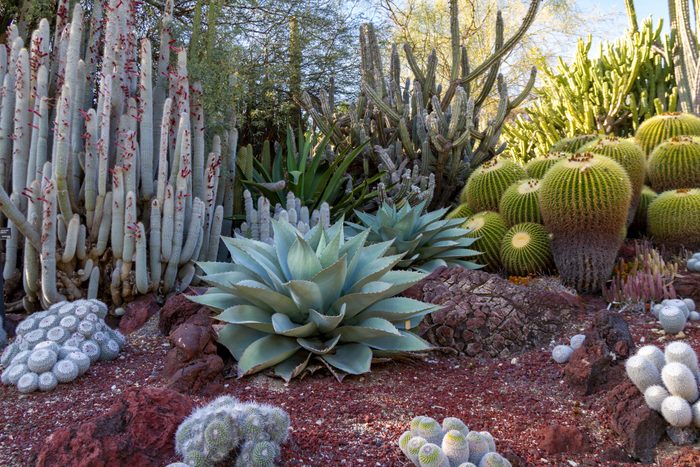
With their stark beauty, desert/cactus gardens are typically found in hot and arid environments. Plants featured are usually drought-tolerant, such as succulents, desert grasses, aloes, agaves and flowering bromeliads. A relatively low-maintenance endeavor, this type of garden is especially ideal for those who lack green thumbs or travel a lot.
“When I think of a desert garden, I have to include the term xeriscaping,” says Paul Knapp, designer and CEO of LandscapeArchitectural.com. “Xeriscaping is the practice of conserving water, propagating local wildlife and requiring the least amount of resources possible.”
For building out a desert garden, avoid grasses or lush plants that require lots of watering and fertilizing. Here are some elements to consider:
These types of gardens are best suited for USDA Plant Hardiness Zones 6 to 9.
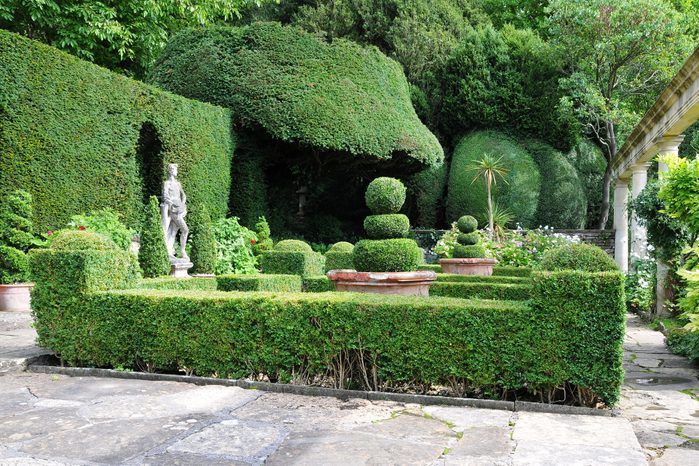
Mannerist gardens first emerged in Europe in the 15th century. Classical and elegant, they’re characterized by exotic embellishments and fanciful allusions — they’re almost theatrical. Influencing garden designs throughout the Mediterranean, the mannerist garden is ordered and formal, yet filled with a sense of whimsy.
To capture the spirit of a mannerist garden in your backyard:
“A mannerist garden is great for the eclectic-style gardener and is full of reveals and surprises,” says Blythe Yost, co-founder and CEO of Tilly, an online landscape design company.
Best in USDA Plant Hardiness Zones 8 to 10.
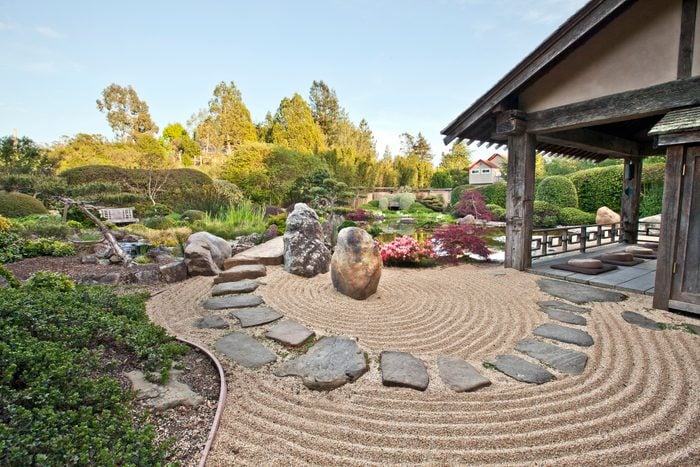
Highly informed by the aesthetics and traditions of the Far East, the Zen garden is a symbolic representation of nature in its earthly and spiritual form.
Tied in with the Buddhist philosophy of peaceful contemplation, Knapp says the most popular design feature of this Japanese-inspired garden is a shallow, chip-gravel pit that can be raked to form swirls and patterns. “This practice was used by Zen priests to emulate waves or rippling water to help with their concentration,” says Knapp.
Other ways to create a Zen garden’s minimalist setting:
Best in USDA Plant Hardiness Zones 3a to 13a.
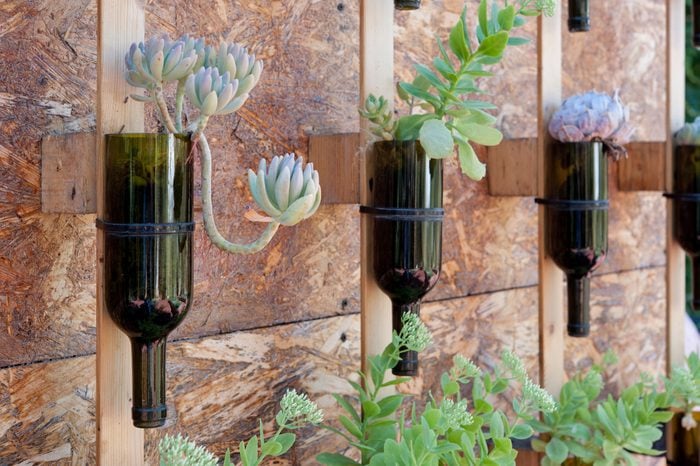
A bottle garden is an inventive and eco-friendly way to repurpose glass containers by turning them into a micro-environment (mini-greenhouses or terrariums), indoors or out. “An aesthetically beautiful option for people who may not have a lot of space outdoors, if any at all,” says Knapp.
You can set up your bottle garden with one large glass vessel or dozens of smaller ones. Place them on an apartment window sill, exhibit them in groups on a balcony or suspend bottles in macramé hangers along a fence or wall.
Best in USDA Plant Hardiness Zones 4 to 9.
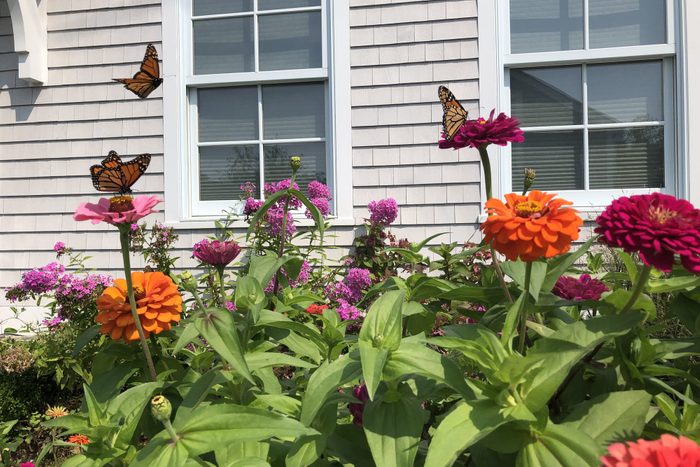
Did you know when a butterfly lands on you, it foretells good fortune? Invite a little luck to your backyard by constructing a happy habitat for these fluttery insects to enjoy.
“In order to create a butterfly garden, you will need to incorporate lush flowering plants that attract butterflies, as well as bees and other plant-loving creatures,” Knapp says. This means introducing a balanced mixture of native, nectar-producing plants to encourage butterflies to stick around.
Must-have plants for your eco-friendly butterfly garden:
You can also include:
Best USDA Plant Hardiness Zones 3 to 10.
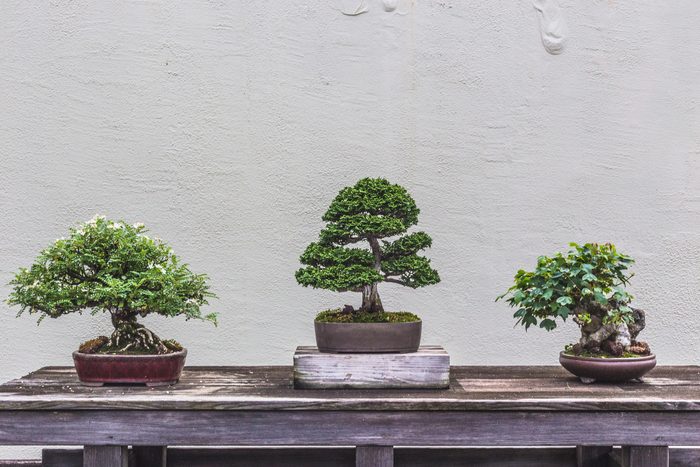
The ancient practice of bonsai translates loosely to mean “tree in a pot” in Japanese, although the art originated in China. As symbolism goes, a Bonsai garden can represent harmony and balance or be seen as a meditative discipline for finding inner peace.
Once practiced only by nobility, today all that’s required to create a Bonsai garden is a willingness to commit to the time, patience and attention to propagate and nurture these tiny trees. “Bonsai trees need to be frequently pruned and look great in small planters or on a pedestal,” says Yost. “Contrary to popular belief, bonsais do best outside.”
You don’t need much space to grow bonsai trees. Easily displayed on benches, tables or atop garden walls, bonsais are also a great addition to your Zen garden (see Slide 3).
If you’re a beginner with a lot of patience, there are a number of outstanding Bonsai starter kits available. Planters Choice Bonsai Starter Kit comes with seeds to grow four types: Rocky Mountain Bristlecone Pine, Black Poui, Norway Spruce, and Flame Tree. They’re stored in seed-safe packets for better germination. Another option is the Chinese Elm Bonsai Starter Kit with the tree already included.
Best in USDA Plant Hardiness Zones 3a to 13a.
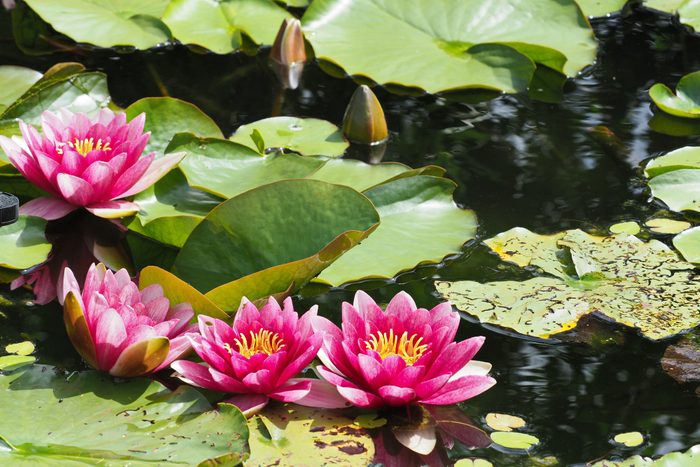
Beautiful and relaxing, a water garden incorporates aquatic plants and sometimes fish into the landscape. Cascading waterfalls and pools can be small and subtle, in ceramic bowls on a patio. Or you can go big and put in a full-size koi pond.
“There are so many great plants to create a water garden — like lotus or water lilies,” Yost says. “These will attract fun animals like frogs.”
Floating plants that need no soil:
Deepwater plants that grow at the bottom of ponds with flowers that float on the surface:
Oxygenating grasses (these help eliminate algae):
Best in USDA Plant Hardiness Zones 4 to 11.
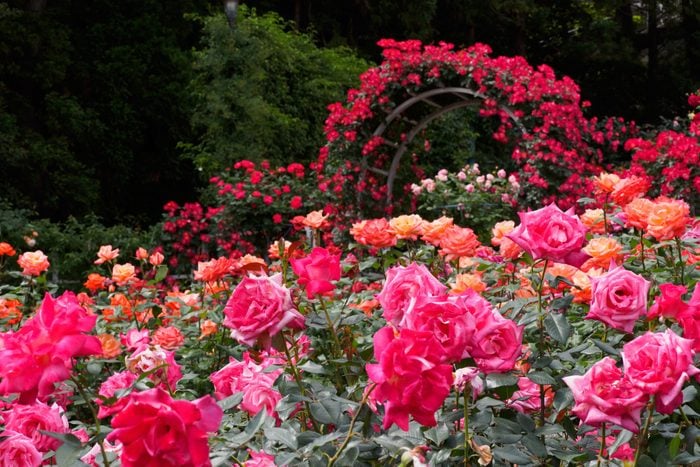
Arguably the most beautiful blooms in the world, the fabled rose has been cultivated by human beings for 5,000 years and counting.
Quite simply, a rose garden features flowering plants of the genus Rosa. More than 300 species of roses have been identified to date. They’re grouped into categories: erect shrubs, climbing and trailing.
Often thought of as formal and stuffy, rose gardens actually can be approachable and relatable. They’re also a feast for your nose — their perfume is intoxicating to many.
There’s no one way to design a rose garden. Here are a few ideas:
You can find inspiration and instruction by joining a community rose gardening organization, like the one founded by Terrence Reilly in 2007. The Friends of the San Jose Rose Garden calls upon a roster of eager recruits to help maintain the city’s garden. Along with a crew of “Master Volunteers,” they work with novice “rosarians,” training them in proper rose care.
“There is a great deal of satisfaction in seeing the results of having beautiful roses,” says Reilly.
Note: The San Jose Municipal Rose Garden in San Jose, California opened in the mid-1930s. It was recently voted “America’s Best Rose Garden” by the All-American Rose Selections, beating out 125 other accredited rose gardens.
Best in USDA Plant Hardiness Zones 6 to 9.
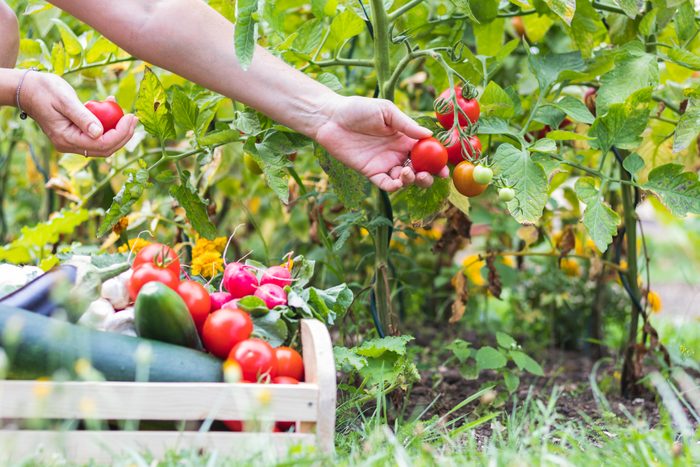
Whether you’re a professional chef or an amateur gourmand, a kitchen garden is a cornucopia of freshly grown, seasonal produce for preparing meals on the spot. Distinct from a vegetable garden in size and focus, a kitchen garden supplies you with healthy ingredients, the freshest of the fresh — and always at your fingertips.
Examples of kitchen garden edibles:
“When all is said and done, a kitchen garden is there to grow things you use frequently when cooking or for cocktails.” Yost says. “There’s nothing better than a fresh herb in your dinner!”
Best in USDA Plant Hardiness Zones 2 to 11.
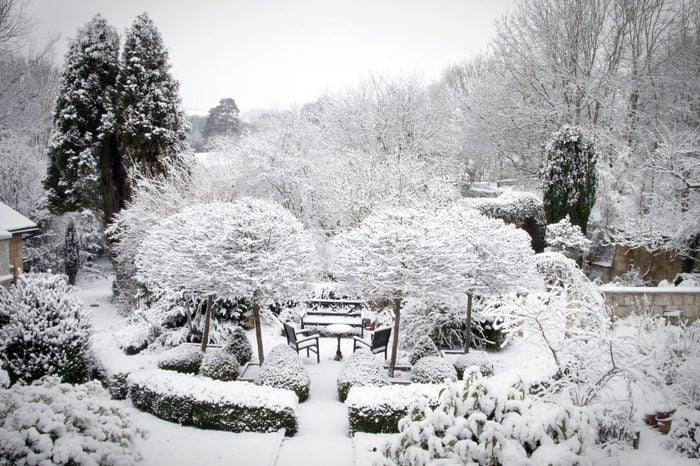
When winter sets in, your garden doesn’t need to go dormant. A winter garden can be bright and cheery, even if the weather isn’t.
The idea is simple: A winter garden contains hardy plants that can survive the coldest climates. Look for shrubs that are evergreen and plants that flower to feed wildlife or give off fragrance, even in sub-zero temperatures. Why hibernate from November to April when you can add color and life to your garden by planting:
Best in USDA Plant Hardiness Zones 3 to 9.
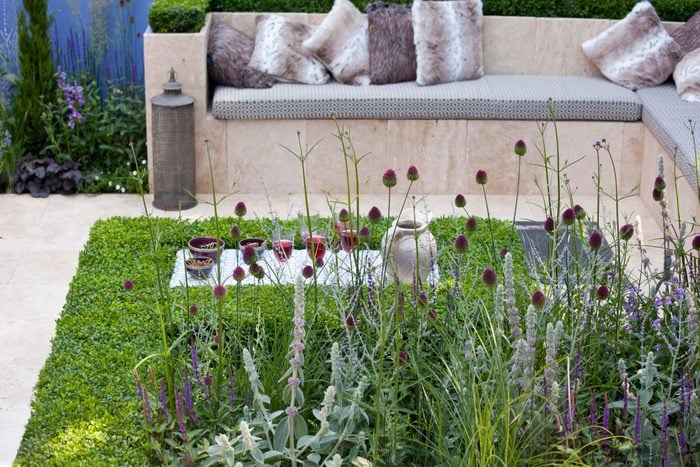
Especially ideal for urban settings, a sunken garden is situated below ground level. Making use of limited space, Sunken gardens create the illusion of seclusion and add a touch of mystery.
You can dig a hole in the ground and lay a concrete or stone patio, or simply lower a section of the yard a few feet. Either way, you’ll get a new perspective and shelter from the wind.
Sunken garden design ideas:
Note: Before you dig, go to call811.com so underground utility lines can be located and marked.
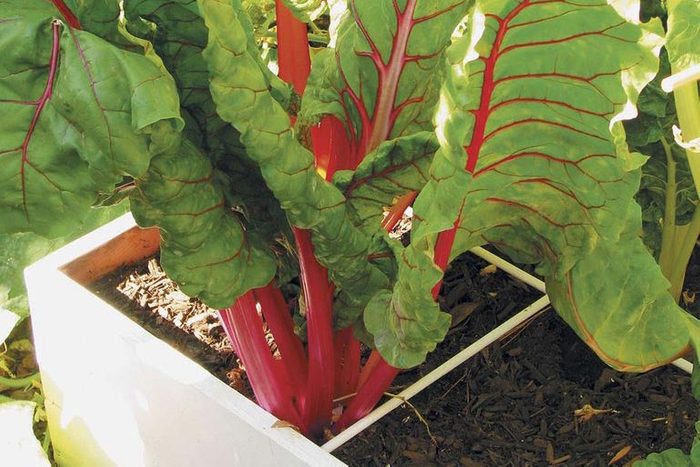
Grow a cocktail garden with herbs and other ingredients for fresh mixed drinks.
To get the most out of the space you have, consider a square foot garden shown above.